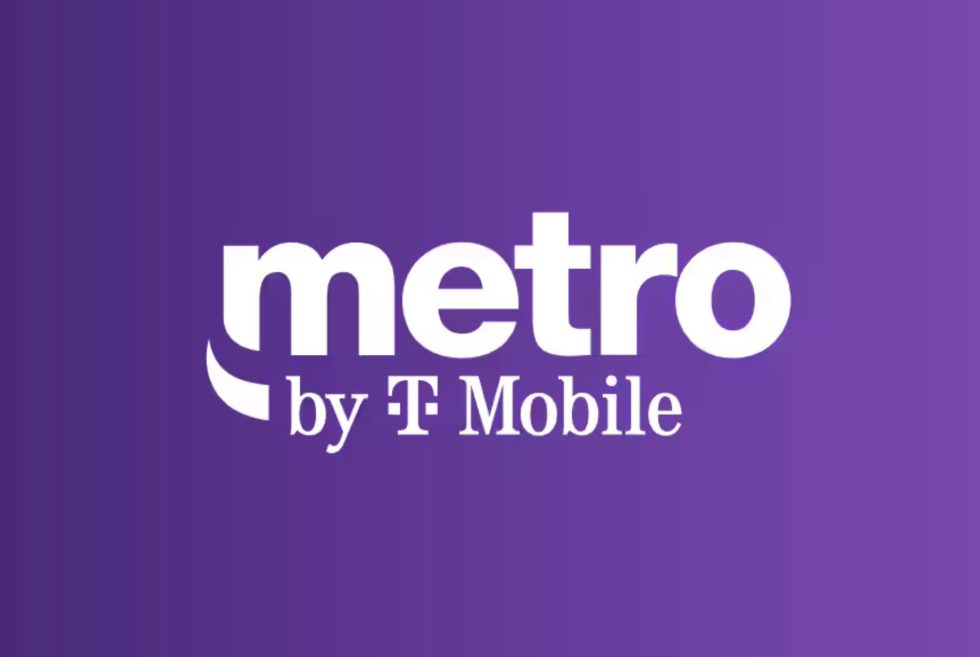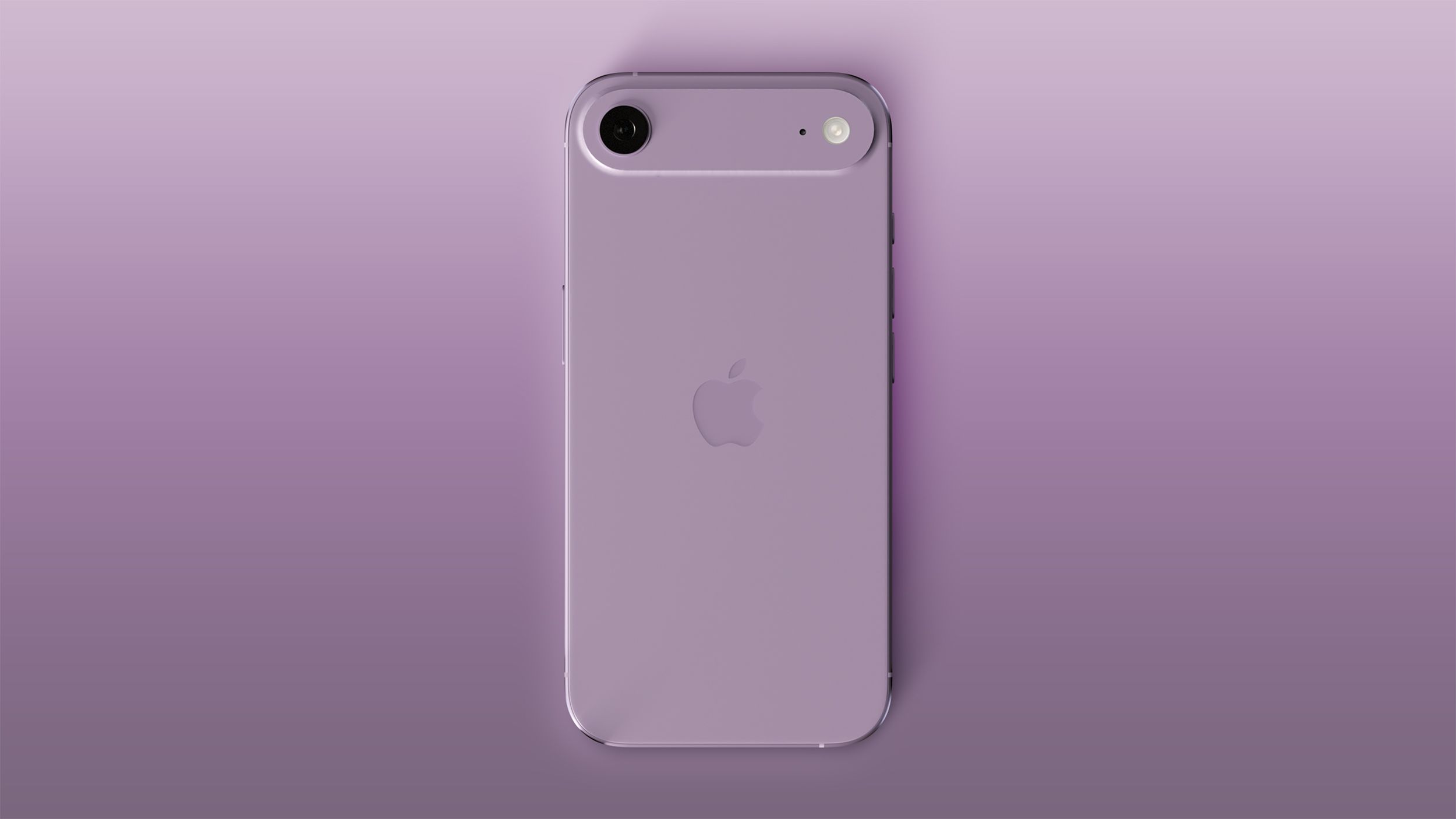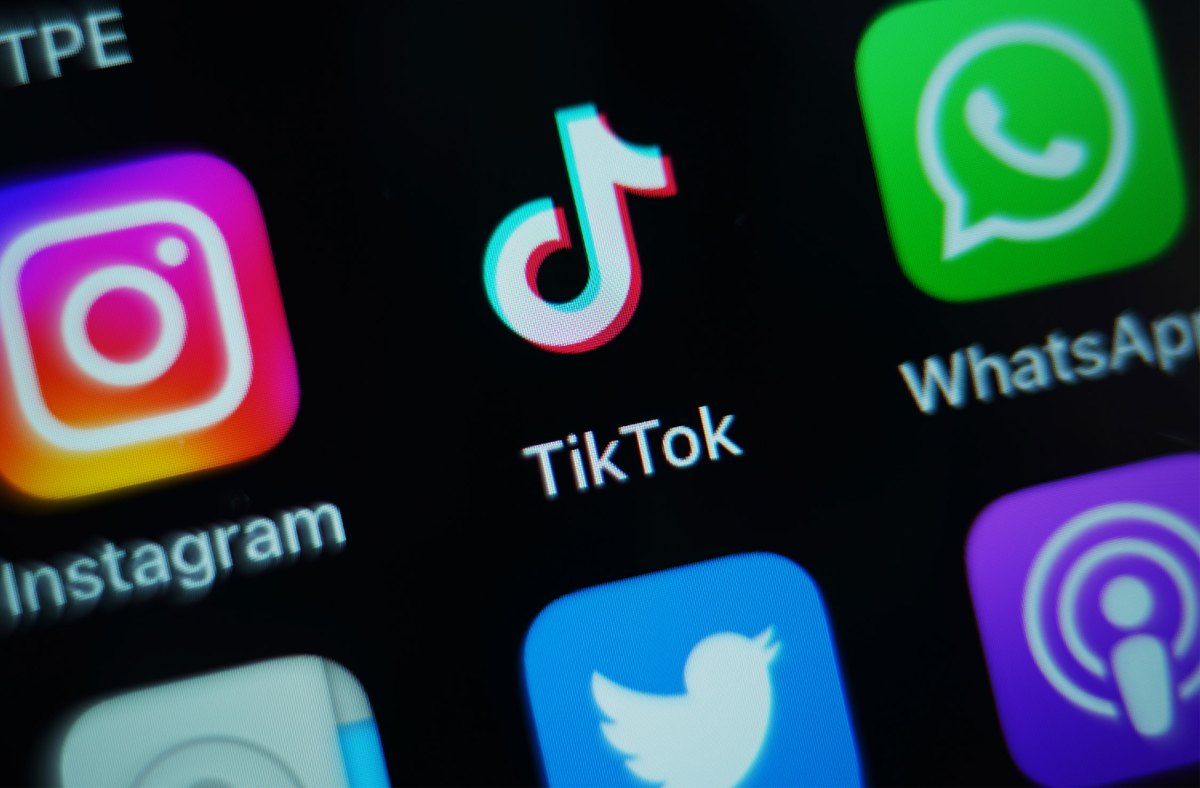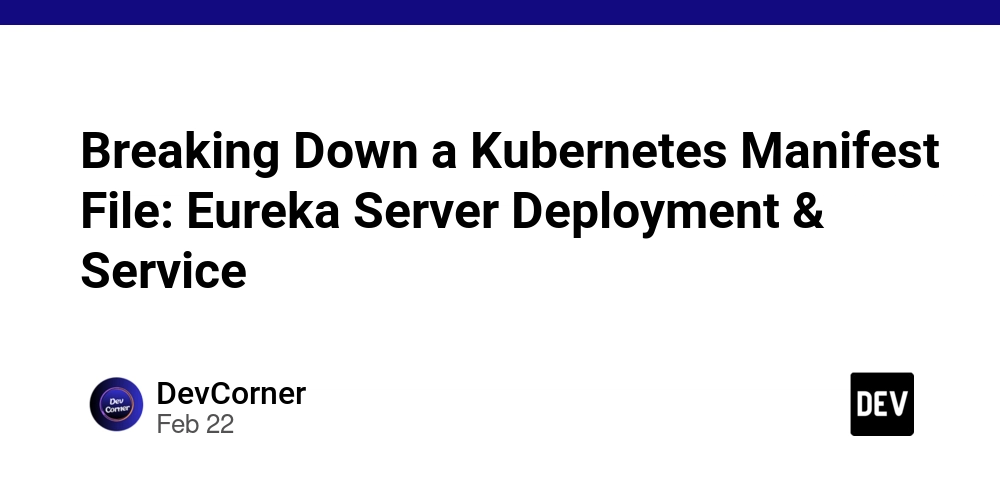C# (C Sharp) Tutorial: Learn LINQ Basics with Real Examples
C# (C Sharp) Tutorial Introduction If you're looking to learn C Sharp programming for beginners, one concept you'll want to get familiar with early on is LINQ—short for Language Integrated Query. LINQ is one of C#’s most powerful features, designed to make data querying easier and more readable. Whether you're working with arrays, collections, or databases, LINQ gives you a clean, expressive way to manage data. This C# (C Sharp) tutorial will walk you through the basics of LINQ using practical, beginner-friendly examples. If you've already learned how to declare variables, write loops, and define methods in C#, you’re ready to dive into LINQ and take your coding skills to the next level. What Is LINQ? LINQ (Language Integrated Query) allows you to query data using C# syntax, instead of learning a separate language like SQL. With LINQ, you can query collections such as arrays, lists, dictionaries, XML files, and even databases (when used with Entity Framework). Here's a simple example comparing traditional filtering with LINQ: Without LINQ: List numbers = new List { 1, 2, 3, 4, 5 }; List evenNumbers = new List(); foreach (int number in numbers) { if (number % 2 == 0) evenNumbers.Add(number); } With LINQ: List numbers = new List { 1, 2, 3, 4, 5 }; var evenNumbers = numbers.Where(n => n % 2 == 0).ToList(); Much cleaner, right? That’s the power of LINQ. How LINQ Works In LINQ, you query objects using methods and lambda expressions. It comes in two syntaxes: Query Syntax (similar to SQL) Method Syntax (more common in modern C#) Both produce the same results, so choose the one you're most comfortable with. Real-World LINQ Examples for Beginners Let’s explore some common use cases to help you learn C Sharp programming for beginners more effectively through examples. 1. Filtering Data with Where var names = new List { "Anna", "Bob", "Charlie", "David" }; var shortNames = names.Where(name => name.Length n * n); foreach (var square in squares) { Console.WriteLine(square); // Output: 1, 4, 9, 16 } 3. Sorting Data with OrderBy var fruits = new List { "Banana", "Apple", "Mango" }; var sortedFruits = fruits.OrderBy(f => f); foreach (var fruit in sortedFruits) { Console.WriteLine(fruit); // Output: Apple, Banana, Mango } 4. Grouping Data with GroupBy var scores = new List { 90, 85, 70, 85, 60 }; var grouped = scores.GroupBy(score => score); foreach (var group in grouped) { Console.WriteLine($"Score: {group.Key}, Count: {group.Count()}"); } 5. Combining Conditions var people = new List { "Tom", "Jerry", "Alice", "Bob" }; var filtered = people .Where(p => p.StartsWith("A") || p.Length == 3) .OrderBy(p => p); foreach (var person in filtered) { Console.WriteLine(person); // Output: Alice, Bob, Tom } Tips for Learning LINQ Effectively Start small: Practice with simple collections like List or List. Use LINQPad: It’s a great tool for experimenting with LINQ queries in real-time. Mix syntax styles: Try both query and method syntax to see which one fits your thinking. Integrate with projects: Use LINQ in small personal apps like to-do lists or inventory managers. Conclusion This C# tutorial introduced you to the basics of LINQ—one of the most useful tools in any C# developer’s toolkit. Whether you're filtering names, selecting values, or grouping data, LINQ makes your code cleaner and more efficient. As you continue to learn C Sharp programming for beginners, mastering LINQ will give you a strong edge. It enhances your ability to write code and work with real-world data. Don’t just read about LINQ—try it out! Set up a small C# console project, load up a list of data, and start querying. That’s how real learning happens.
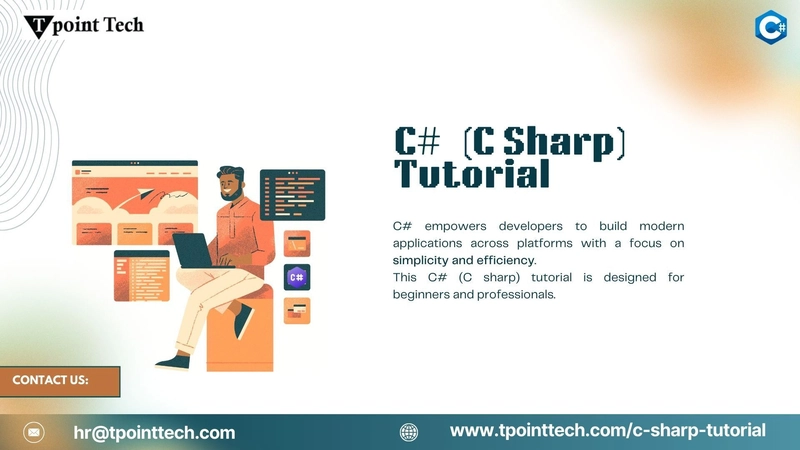
C# (C Sharp) Tutorial
Introduction
If you're looking to learn C Sharp programming for beginners, one concept you'll want to get familiar with early on is LINQ—short for Language Integrated Query. LINQ is one of C#’s most powerful features, designed to make data querying easier and more readable. Whether you're working with arrays, collections, or databases, LINQ gives you a clean, expressive way to manage data.
This C# (C Sharp) tutorial will walk you through the basics of LINQ using practical, beginner-friendly examples. If you've already learned how to declare variables, write loops, and define methods in C#, you’re ready to dive into LINQ and take your coding skills to the next level.
What Is LINQ?
LINQ (Language Integrated Query) allows you to query data using C# syntax, instead of learning a separate language like SQL. With LINQ, you can query collections such as arrays, lists, dictionaries, XML files, and even databases (when used with Entity Framework).
Here's a simple example comparing traditional filtering with LINQ:
Without LINQ:
List<int> numbers = new List<int> { 1, 2, 3, 4, 5 };
List<int> evenNumbers = new List<int>();
foreach (int number in numbers)
{
if (number % 2 == 0)
evenNumbers.Add(number);
}
With LINQ:
List<int> numbers = new List<int> { 1, 2, 3, 4, 5 };
var evenNumbers = numbers.Where(n => n % 2 == 0).ToList();
Much cleaner, right? That’s the power of LINQ.
How LINQ Works
In LINQ, you query objects using methods and lambda expressions. It comes in two syntaxes:
- Query Syntax (similar to SQL)
- Method Syntax (more common in modern C#)
Both produce the same results, so choose the one you're most comfortable with.
Real-World LINQ Examples for Beginners
Let’s explore some common use cases to help you learn C Sharp programming for beginners more effectively through examples.
1. Filtering Data with Where
var names = new List<string> { "Anna", "Bob", "Charlie", "David" };
var shortNames = names.Where(name => name.Length <= 4);
foreach (var name in shortNames)
{
Console.WriteLine(name); // Output: Anna, Bob
}
2. Selecting Specific Fields with Select
var numbers = new List<int> { 1, 2, 3, 4 };
var squares = numbers.Select(n => n * n);
foreach (var square in squares)
{
Console.WriteLine(square); // Output: 1, 4, 9, 16
}
3. Sorting Data with OrderBy
var fruits = new List<string> { "Banana", "Apple", "Mango" };
var sortedFruits = fruits.OrderBy(f => f);
foreach (var fruit in sortedFruits)
{
Console.WriteLine(fruit); // Output: Apple, Banana, Mango
}
4. Grouping Data with GroupBy
var scores = new List<int> { 90, 85, 70, 85, 60 };
var grouped = scores.GroupBy(score => score);
foreach (var group in grouped)
{
Console.WriteLine($"Score: {group.Key}, Count: {group.Count()}");
}
5. Combining Conditions
var people = new List<string> { "Tom", "Jerry", "Alice", "Bob" };
var filtered = people
.Where(p => p.StartsWith("A") || p.Length == 3)
.OrderBy(p => p);
foreach (var person in filtered)
{
Console.WriteLine(person); // Output: Alice, Bob, Tom
}
Tips for Learning LINQ Effectively
-
Start small: Practice with simple collections like
ListorList. - Use LINQPad: It’s a great tool for experimenting with LINQ queries in real-time.
- Mix syntax styles: Try both query and method syntax to see which one fits your thinking.
- Integrate with projects: Use LINQ in small personal apps like to-do lists or inventory managers.
Conclusion
This C# tutorial introduced you to the basics of LINQ—one of the most useful tools in any C# developer’s toolkit. Whether you're filtering names, selecting values, or grouping data, LINQ makes your code cleaner and more efficient.
As you continue to learn C Sharp programming for beginners, mastering LINQ will give you a strong edge. It enhances your ability to write code and work with real-world data.
Don’t just read about LINQ—try it out! Set up a small C# console project, load up a list of data, and start querying. That’s how real learning happens.











































































































































































![[The AI Show Episode 144]: ChatGPT’s New Memory, Shopify CEO’s Leaked “AI First” Memo, Google Cloud Next Releases, o3 and o4-mini Coming Soon & Llama 4’s Rocky Launch](https://www.marketingaiinstitute.com/hubfs/ep%20144%20cover.png)
















































































































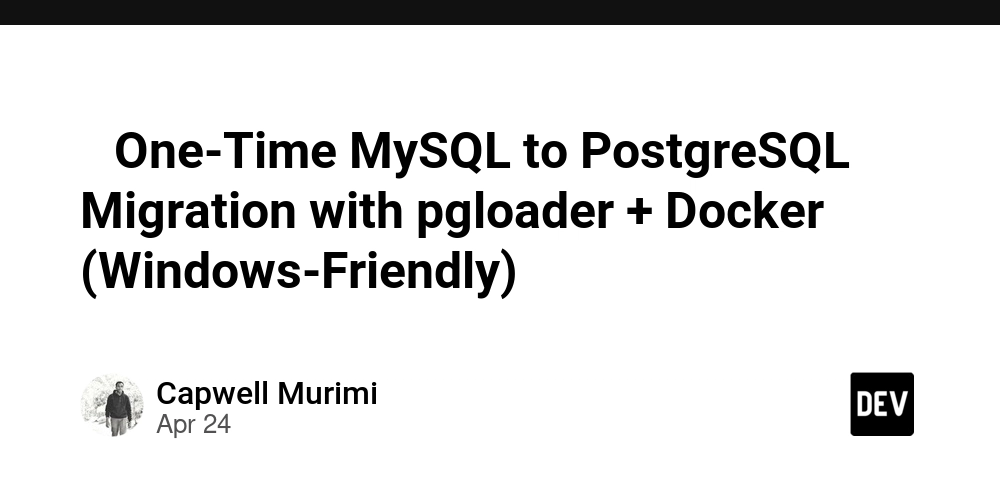
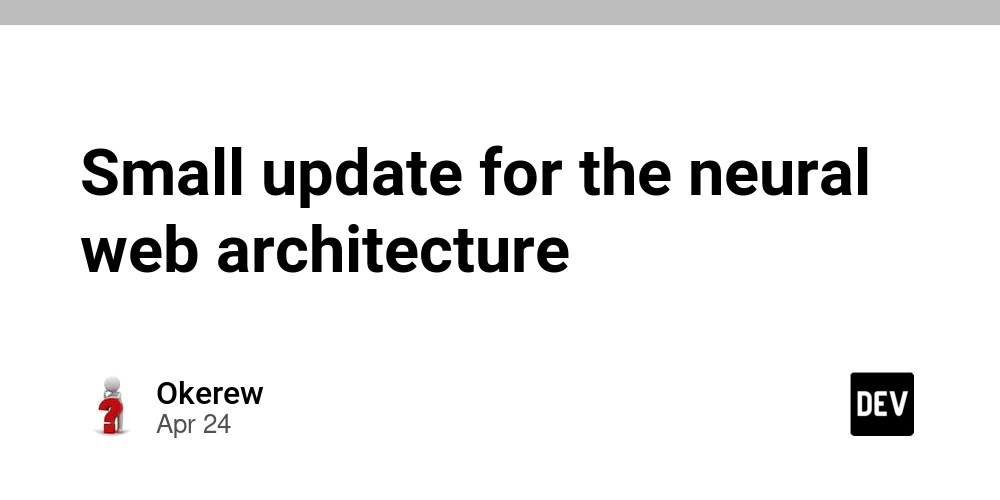
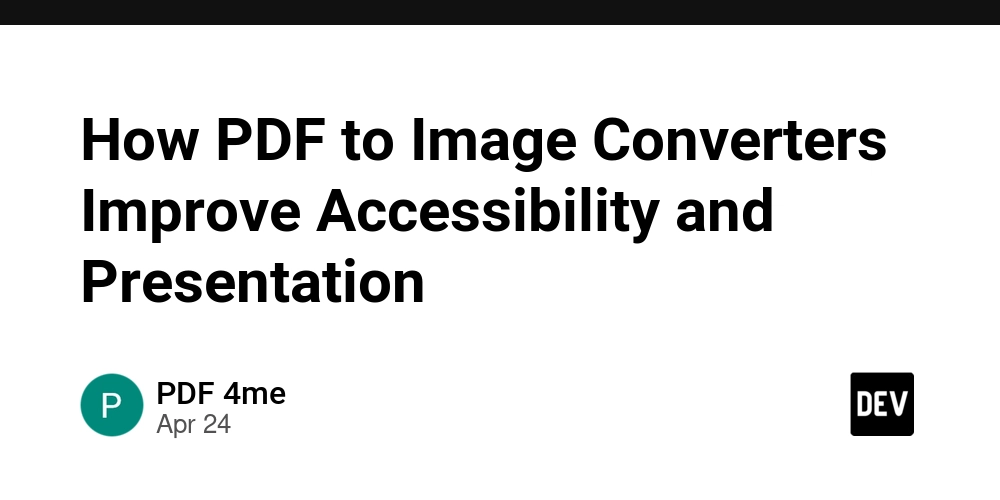
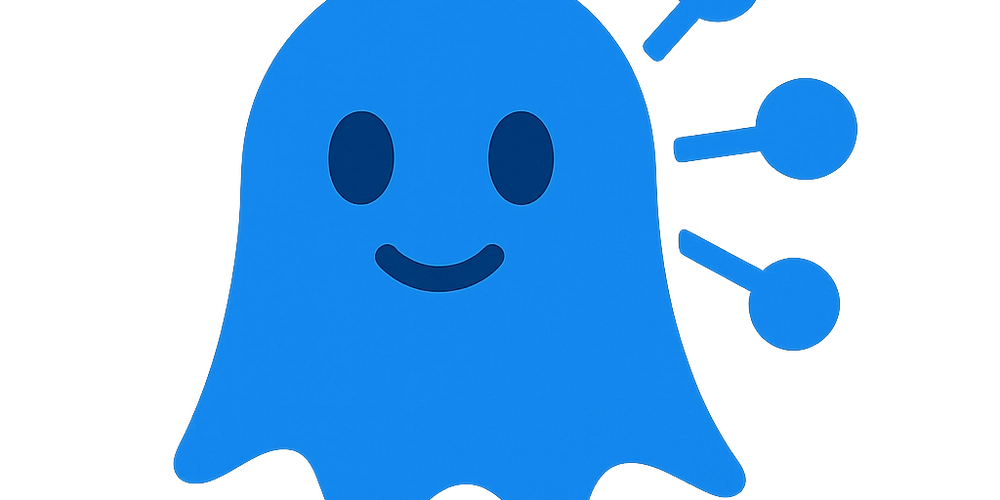













![[DEALS] Sterling Stock Picker: Lifetime Subscription (85% off) & Other Deals Up To 98% Off – Offers End Soon!](https://www.javacodegeeks.com/wp-content/uploads/2012/12/jcg-logo.jpg)















































































































































_NicoElNino_Alamy.png?width=1280&auto=webp&quality=80&disable=upscale#)

_Olekcii_Mach_Alamy.jpg?width=1280&auto=webp&quality=80&disable=upscale#)





































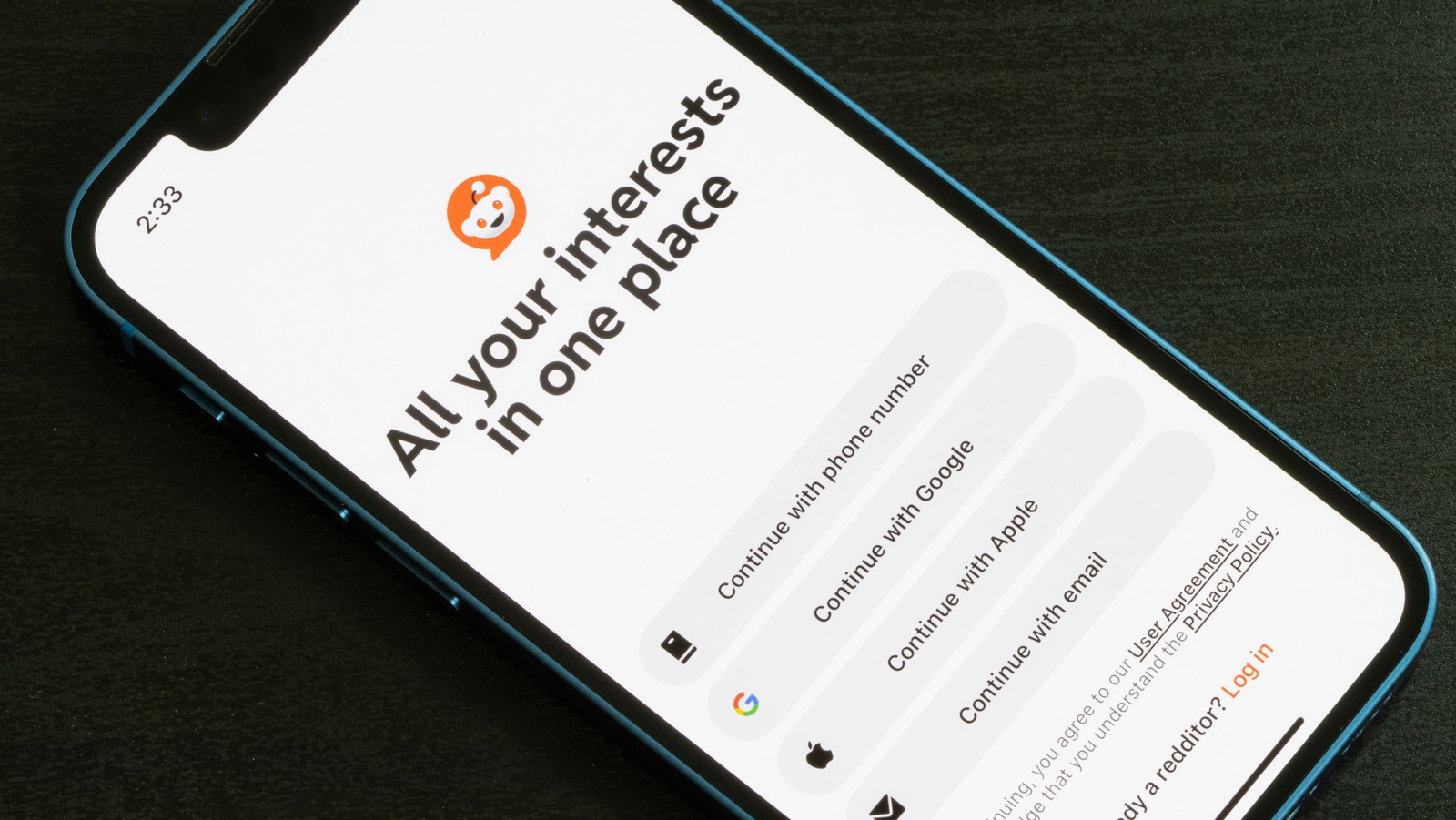







































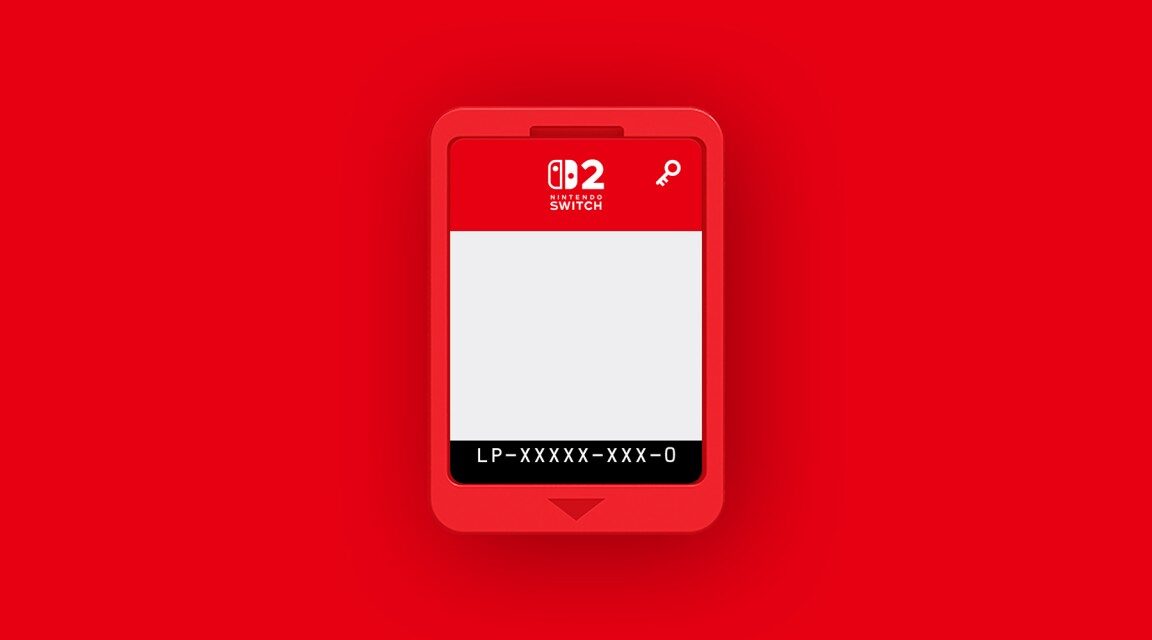

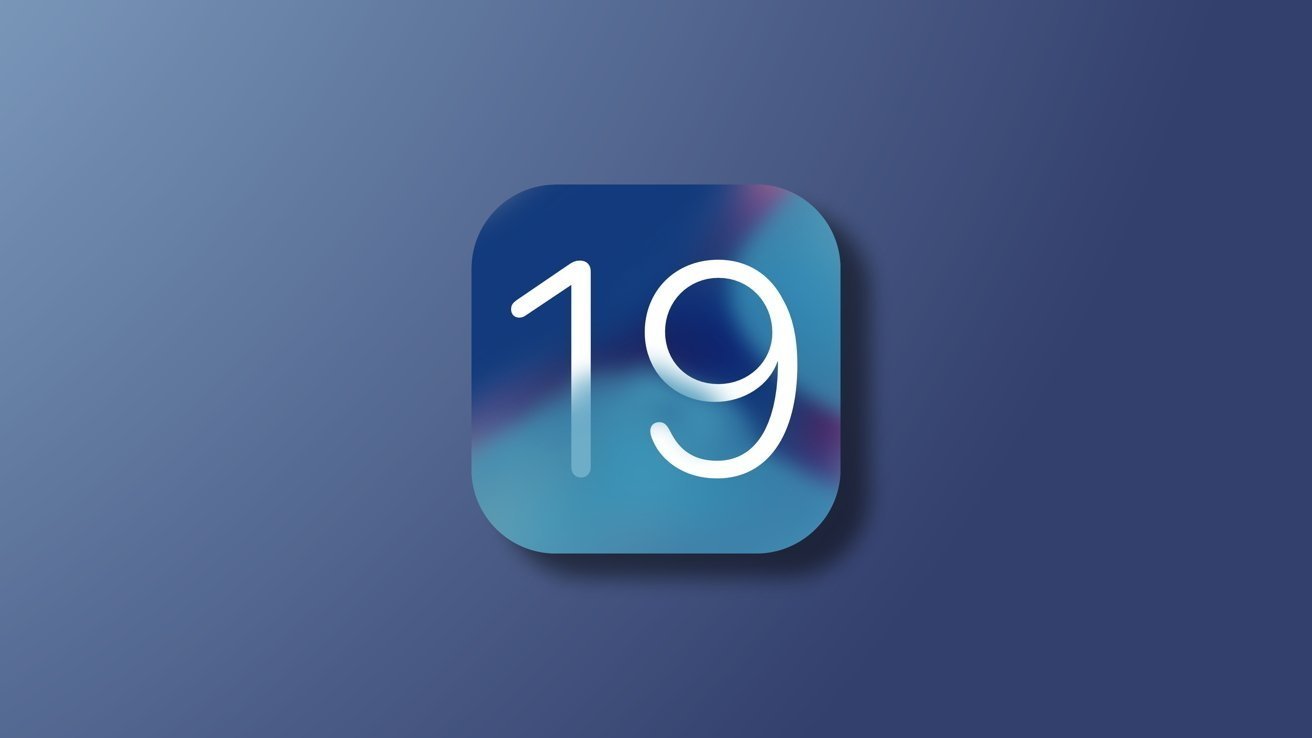
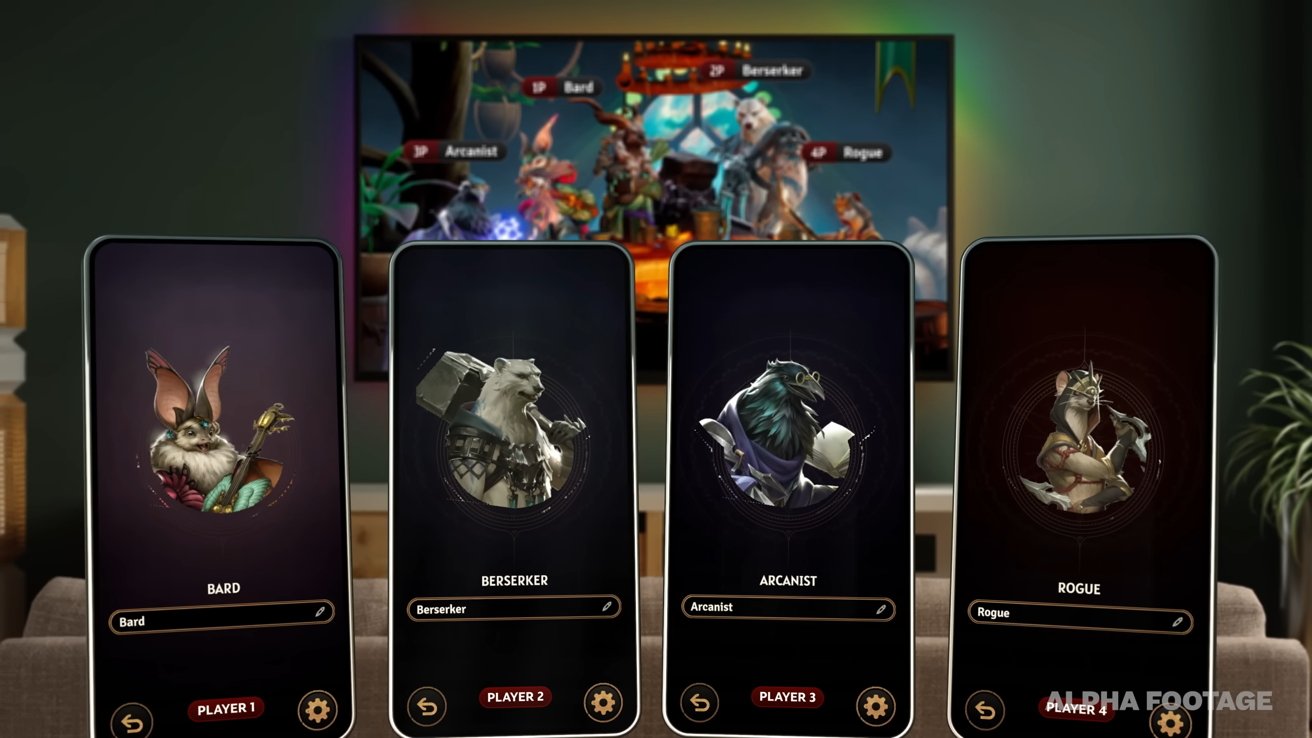
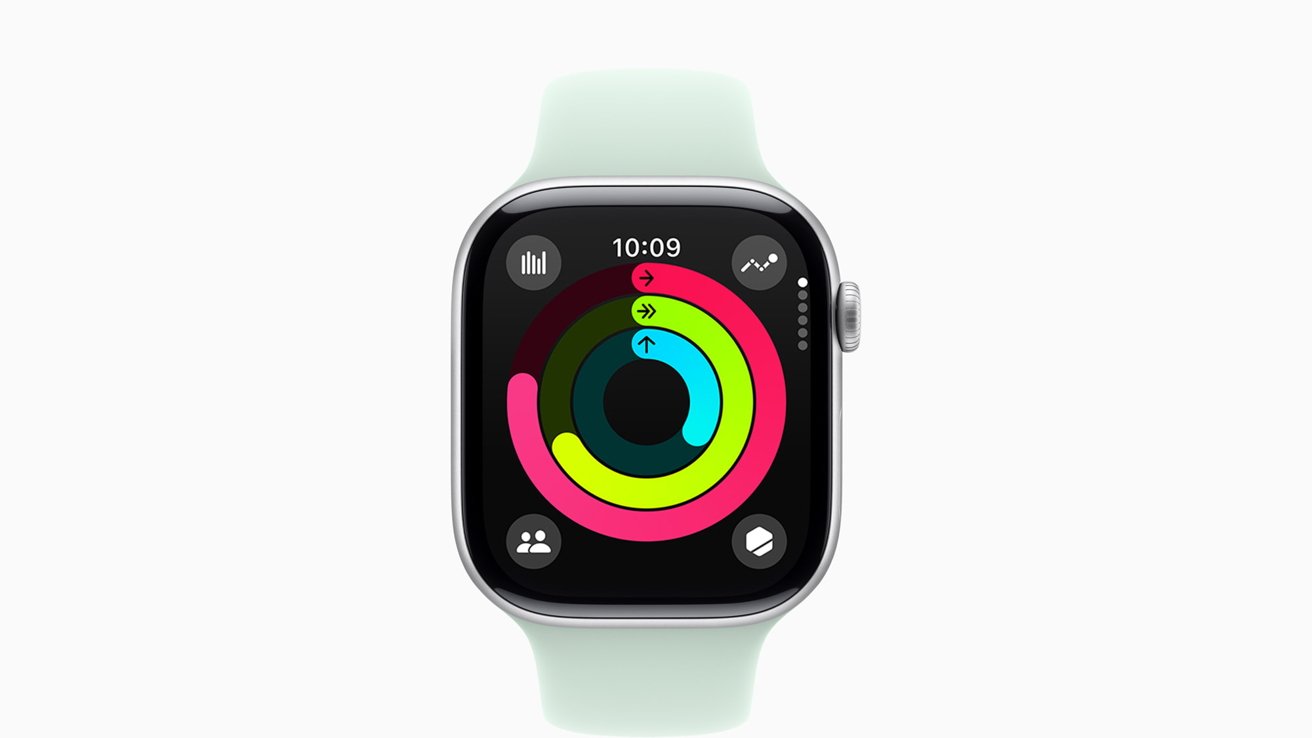
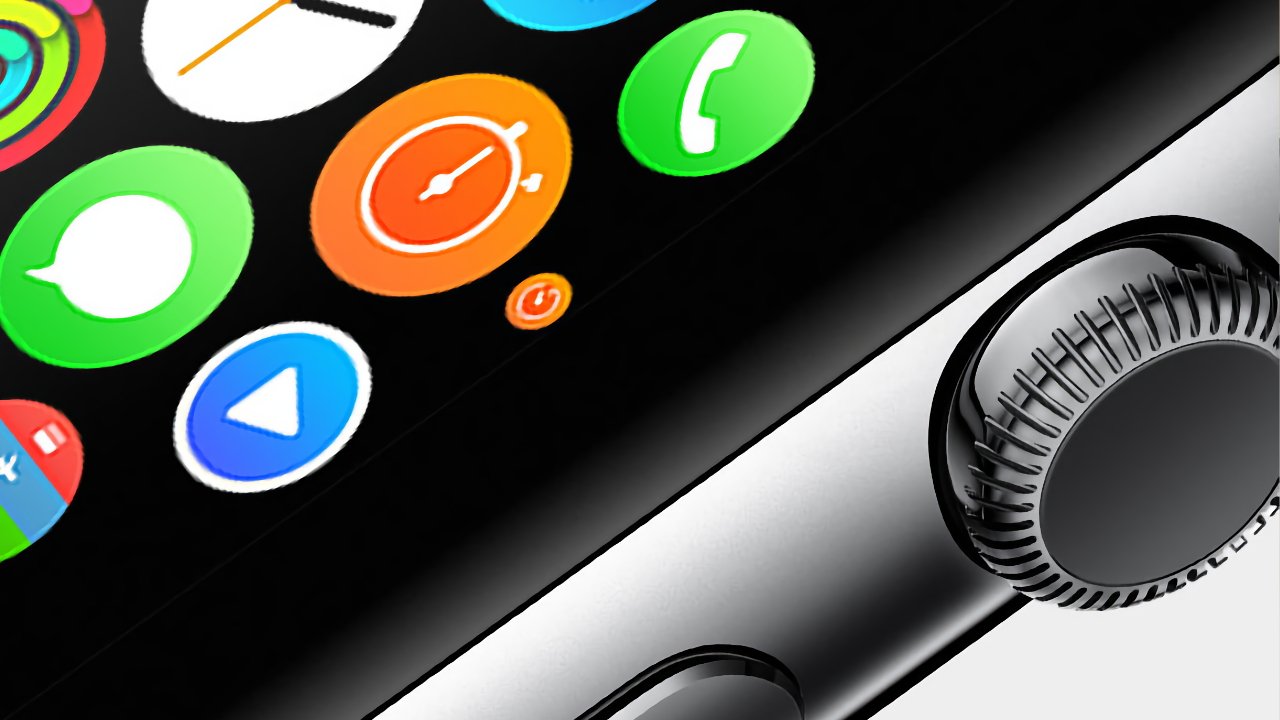






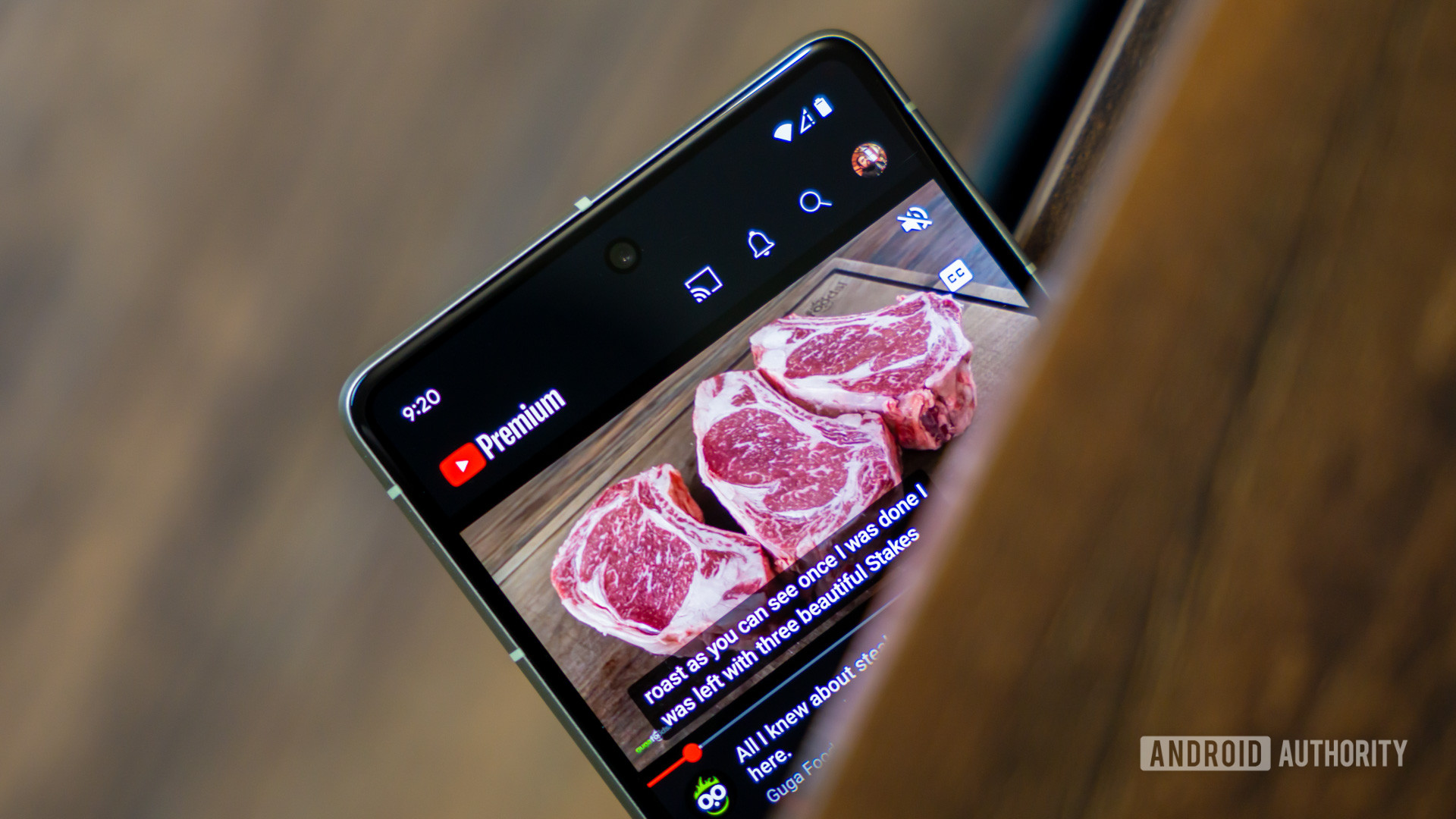



![Apple appealing $570M EU fine, White House says it won’t be tolerated [U]](https://i0.wp.com/9to5mac.com/wp-content/uploads/sites/6/2025/04/Apple-says-570M-EU-fine-is-unfair-White-House-says-it-wont-be-tolerated.jpg?resize=1200%2C628&quality=82&strip=all&ssl=1)
















![At Least Three iPhone 17 Models to Feature 12GB RAM [Kuo]](https://www.iclarified.com/images/news/97122/97122/97122-640.jpg)

![Dummy Models Showcase 'Unbelievably' Thin iPhone 17 Air Design [Images]](https://www.iclarified.com/images/news/97114/97114/97114-640.jpg)


























